
AE 994
How To Say Australia's States & Territories Like An Aussie
Learn Australian English in this
Advanced English Pronunciation Lesson!

In today's episode...
Learn English in this latest episode of the Aussie English podcast!
Our lesson today focuses on Australia’s states and territories, including fun facts about them.
The Commonwealth of Australia consists of 6 federated states and 10 federated territories, 3 of which are internal territories.
The 6 states are:
New South Wales (NSW)
Queensland (QLD)
South Australia (SA)
Tasmania (TAS)
Victoria (VIC)
Western Australia (WA)
And the 3 internal territories are:
Australian Capital Territory (ACT)
Jervis Bay Territory (ACT)
Northern Territory (NT)
Yeah, we’ll talk about the other 7 external territories in another video, no worries.
Did you practice saying the names with me?
Don’t forget to download your FREE PDF worksheet here 👉👉👉 https://bit.ly/AE_994_FreeWorksheet
Improve your listening skills today – listen, play, & pause this episode – and start speaking like a native English speaker!
Watch & listen to the convo!
Listen to today's episode!
This is the FREE podcast player. You can fast-forward and rewind easily as well as slow down or speed up the audio to suit your level.
If you’d like to use the Premium Podcast Player as well as get the downloadable transcripts, audio files, and videos for episodes, you can get instant access by joining the Premium Podcast membership here.
Listen to today's episode!
Use the Premium Podcast Player below to listen and read at the same time.
You can fast-forward and rewind easily as well as slow down or speed up the audio to suit your level.
Transcript of AE 994 - States & Territories of Australia | Pronunciation + Facts
Today, I thought I would do an episode on the pronunciation of the different state names and territory names in Australia. But then I thought, you know what? That's probably a little bit boring to just do the pronunciation of those different names. So, instead, I thought we could do that. But we'll also do some interesting historical and geographical facts about each of these states and territories. Okay, so you ready? Let's go.
Before we get into it, I should probably tell you a bit about Australian Federation. So, obviously, as you'll probably know, Australia was owned and colonised by indigenous people a very long time before Europeans got here, for about 60,000 years. And then Europeans got here in the 1600s, they were kind of sniffing about, right, with the Dutch and a few other Brits.
And then Captain Cook came in the 1770s, claimed the land for the king at the time in Great Britain, King George the third. And then another 18 years later, we had the First Fleet come out in 11 ships with the first settlers and convicts who were going to colonise Australia.
So, during that period, we had obviously indigenous history for the majority of it, then we had the Europeans arrive in the late 1700s and up until 1901, the Europeans that were in Australia weren't in states or territories. They were in different colonies around the continent, mainly in the south, the southwest and the East Coast. So, federation took place in 1901 on the 1st of January.
So, the first day of the year 1901. And this was effectively where the six different self-governing colonies, including Queensland, Victoria, New South Wales, Tasmania, South Australia and Western Australia, all got together and agreed to unite and become the Commonwealth of Australia. So, that's when they became different states and the territories were sort of added later. Okay.
But we will get into that a little bit in this episode. Okay, so background information over, it's about 1901. Now let's move forward. So, number one, let's start with "New South Wales. New South Wales". So, say it with me a few times and then we'll go through some facts. "New South Wales. New South Wales". So, New South Wales is found in the southeast of the continent, along that eastern coast there. It is where Sydney is found.
This is where the first place that Australia was colonised. Surrounded by the states, Queensland to the north south Australia to the west, and Victoria to the south. The ACT, or Australian capital territory, which we'll get to in a bit, is found within the borders of New South Wales in the southeast portion of the state. So, New South Wales is home to the first colony that Great Britain set up with the arrival of the First Fleet in 1788.
And this happened in Sydney, right, in Port Jackson. In the year 1770, Lieutenant James Cook, captain of the HMB Endeavour claimed the eastern portion of Australia with the British crown naming the whole thing New Wales. But then later changed the name in his journal to New South Wales. Guess it had a better ring to it. Strangely, we still don't know why James Cook decided to name this part of Australia after Wales.
No one's got the foggiest idea why he did that. 18 years later, in 1788, the First Fleet arrived in Sydney Cove, which would become Port Jackson, where Sydney is today. These were 11 ships carrying the first settlers and convicts and soldiers that would make up the first colony in Sydney. So, New South Wales is home to some of the first indigenous people that ever enter written history.
So, we hear about people from the Eora clan like Bennelong, who was a sort of go between, between Arthur Phillip and the indigenous people and was one of the first people to be taken to Great Britain. And then other indigenous characters like Pemulwuy, who was a man who set up a sort of guerrilla warfare with the first colony and sadly ended up being killed by the Europeans but put up a bit of a fight for a while.
New South Wales has 32% of the entire population of Australia, which is just over eight million people. The state flag was adopted in 1876, and it's based on a defaced or changed British blue Ensign with a badge on the right-hand side, which comprises a white disc with a cross of St George, a golden lion passant guardant in the centre of the cross, and an eight pointed gold star on each arm of the cross.
Let's go to number two. "Queensland, Queensland". So, say that with me, "Queensland, Queensland", and sometimes you might hear it referred to as "Queensland". We use that schwa sound. "Queensland, Queensland". But I'd probably say "Queensland". So, Queensland is found in the northeast of Australia, and it has borders with the Northern Territory, South Australia and New South Wales.
So, Queensland was inhabited by Aboriginal Australians and Torres Strait Islanders for tens of thousands of years before the first Europeans arrived. The first European to lay eyes on Queensland was actually a Dutchman, not a British sailor or colonist. It was Willem Janszoon, and I probably butchered his name there. He first landed on the West Coast of the Cape York Peninsula back in the year 1606.
Queensland is also world renowned for being the home of the Great Barrier Reef, which is a huge coral reef comprising about 900 islands and which extends 2,300 kilometres down the northeast coastline of the state. It's the largest coral reef in the world, though it is relatively young, at only about 600,000 years old. The most modern part of the reef being formed only 8,000 years ago after the last ice age.
Queensland was actually originally New South Wales, and it's separated from the state back in 1859 and was named in honour of, you guessed it, Queen Victoria. Though, as the state of Victoria was already named, I guess they just decided to take Queen and run with it. Queensland is home to approximately 20% of the Australian population and just over five million people, though to be fair, the rest of Australia doesn't really consider them human.
The state flag is also on the blue Ensign, and it includes a light blue Maltese cross with an imperial crown on the centre of the cross. It dates back to 1876, though the final alteration to the flag was made in 1901. Number three, "South Australia, South Australia". Say that with me, "South Australia, South Australia". South Australia is located in the middle of the continent, in the south. You got it. The name gave it away, I think.
And it shares borders with every other state and territory in Australia except Tasmania and the ACT. It includes some of the most arid parts of Australia, and despite its large area, it's only home to 7% of the population, about 1.77 million people. One of the biggest tourist attractions in South Australia is Kangaroo Island, which was devastated by the bushfires in 2019 and 2020 and ironically is more famous for its koalas than its kangaroos.
This is also the home of the namesake of South Australia. The London founded South Australian company, which was set up in Kingscote on the island back in the year 1836. South Australia's rugged southern coastline includes the east portion of the Great Australian Bight, which is characterised by dramatic, steep cliffs and raging rough oceans.
The state flag is on a blue Ensign and includes a gold disc featuring a piping shrike bird with its wings outstretched. It was officially gazetted in 1904. Number four, "Tasmania, Tasmania, Tasmania". Say it with me, "Tasmania, Tasmania". Home of the second oldest great British colony and originally named Van Diemen's land.
It's widely renowned for originally having Australia's worst penal colony jail where the most rebellious and hardened criminals, were sent back in the day to suffer and anguish whilst carrying out forced labour. Tasmania was named after the first European to set eyes on the island, Dutch explorer Abel Tasman, who first saw it back in the year 1642.
It was also the location of one of the most shameful parts of Australian history, where the worst genocide of Australian indigenous people took place in the 1800s in a period known as the Black War. Tasmania is today home to 2% of Australia's population, about 0.54 million people, most of whom are related to one another, and massive bogans. That was a joke, Tasmanians. Don't come and slash my tires, okay?
The Tasmanian state flag is a blue Ensign with a red line passant in the centre of the disc. I don't know why I'm saying that with a French accent, but it's a French word. No one knows why the line was chosen, but it's assumed that the red line is in reference to Great Britain. The flag has remained largely unchanged since 1875.
Number five, "Victoria. Victoria. Victoria. Victoria". Victoria is home to Australia's best city, Melbourne, at least according to the world's most liveable city vote that seems to take place every year and loves to choose Melbourne, though, I think we lost last year. Despite its small area, Victoria is home to 26% of Australia's population, about 6.5 million people, most of whom are massive coffee snobs.
I always weigh my beans because I didn't have friends in high school.
And hipsters. I'm allowed to say that, I'm Victorian. Some of the world's largest trees can actually be found in the wet forests throughout Victoria's portion of the Great Dividing Range, including the mountain ash tree, a type of eucalyptus that can grow up to 99.82 metres tall. The state is also renowned for being the location of Australia's gold rush in the 1850s, where the towns of Bendigo and Ballarat were put on the map.
As the gold was pulled out of the earth, there was a massive boom in wealth for the state, which led to a huge number of immigrants coming to Australia to try and strike it rich. As we mentioned earlier, the state was named in honour of Queen Victoria. This goes to show how much Australians were sucking up to the British at the time.
The state flag is on a blue Ensign and is the Southern Cross surmounted by an imperial crown that is currently Saint Edward's crown. The stars of the Southern Cross are white and range from five to eight points, with each starting with a point facing upwards. It's the only flag to not have a round disc on it, and it dates back to 1870, although the final variation was made in 1953.
Western Australia, number six, "Western Australia, Western Australia, Western Australia". So, Western Australia is the largest of all Aussie states and territories encompassing more than 2.5 million square kilometres, making up about a third of the continent.
It's home to much of Australia's mining industry, largely iron ore, which underpins the massive wealth of Australia's richest person, woman Gina Rinehart reportedly worth about 23 billion American dollars. The state is also home to Australia's oldest known indigenous rock art, a painting of a near Life-Size kangaroo about two metres in size from the Kimberley region.
It dates back over 17,000 years, and you can still go and see it as long as the mining companies haven't blown it up yet. They did that earlier last year to a few places. Do a Google search, not kidding. Originally called the Swan River Colony, in 1890, the government changed its name to the colony of Western Australia. Why they decided to call it Western Australia still remains a huge mystery.
It's likely due to a huge lack of imagination and the fact that there were no words left in the phrase Queen Victoria. The state comprises about 10% of Australia's population or 2.67 million people. The state flag is on a blue Ensign and includes a yellow disc with a black swan facing to the left. It has remained largely unchanged since 1953. Okay, now it's time to do the territories.
Let's start with the Australian capital territory, say that with me, "the Australian Capital Territory, the Australian Capital Territory". We often shorten this for obvious reasons, to just ACT. "The ACT, the ACT". So, the territory of the ACT was transferred to the federal government by New South Wales back in the year 1911.
In the same year, an international competition to design the future capital of Australia was held, and the winner was a Chicago based architect, Walter Burley Griffin, after which the famous Canberran Lake is now named. Two years later, Canberra was officially named, and on the 12th of March 1913, it became Australia's capital city. Largely because Melbourne and Sydney couldn't decide which city was better.
Despite the ACT only being 800 square kilometres in area, it has a population nearly twice the size of the Northern Territory. Canberra is renowned for its long straight roads being broken up by hundreds of roundabouts, and its home to one of the weirdest looking parliament houses in the world. Canberra has 2% of Australia's population, or 0.43 million people.
The territory's flag differs from other state flags, as it isn't a modified British blue Ensign. It displays the Southern Cross on the left third of the flag with a blue background. Plus, the other two thirds of the flag comprise a yellow background with a modified coat of arms of the Australian capital territory. Although the ACT has existed since the year 1909, it wasn't self-governed until 1989 and didn't have a flag of its own until 1993.
The second territory, which is part of Canberra, right, it's part of the ACT. So, it's kind of a two for one. "Jervis Bay territory. Jervis Bay territory". Say that with me, "Jervis Bay Territory". Jervis Bay is part of the ACT, despite it being on the coast of New South Wales and not being directly attached to the territory.
It was surrendered by New South Wales to the Commonwealth government in the year 1915, so that the ACT could have access to the sea, although the ACT doesn't have direct access to Jervis Bay territory. It has a long history of indigenous settlement and the national park that makes up most of the Jervis Bay territory is known as Booderee, meaning bay of plenty or plenty of fish by the local Yuin people.
It comprises a mere 65.7 square kilometres of land and 8.9 Square kilometres of Marine Reserve, and is home to about 400 people, many of whom live and work in the HMAS Creswell Royal Australian Navy base, which is located in the town of Jervis Bay Village.
Three, "the Northern Territory. The Northern Territory". Say it with me, "the Northern Territory, Territory, territory, the Northern Territory". So, the Northern Territory is obviously in the north of Australia, and it is wedged between Western Australia and Queensland, but also shares a border with South Australia to the south, as you guessed it. Northern Territory is home to a great deal of linguistic diversity in indigenous Australians.
Indigenous people, interestingly, have been in this area of Australia for more than 60,000 years. But for a few hundred years before the end of the 18th century, they were in contact with Makhazen Indonesian traders where they traded trepang or sea cucumber. The Northern Territory is home to some of the most remote country in Australia, including the amazing tourist attraction Uluru.
And the population of the territory is tiny and concentrated in coastal regions and along the Stuart Highway. Residents of the Northern Territory are often known as Territorians or Northern Territorians, but informally they divide themselves into two camps, top Enders and Centralians. They're also renowned for having a very dirty sense of humour. See you in the NT.
The Northern Territory is home to about a percent of the Australian population, or about 0.25 million people. The territory's flag was adopted in 1978, despite the Northern Territory being in existence since 1911. Like the ACT flag, the territory flag differs from other Australian state flags, as it doesn't include the British blue Ensign.
Flags colours consist of the official Territorian colours, black, white and ochre, and it's the only flag to not include blue in Australia. The left third of the flag is black with a white southern cross, and right, two thirds of the flag include an orange background with a stylised Sturt desert rose, the territory's emblem since 1961, with seven white petals and a black seven-pointed core.
The seven petals are representing the six states of Australia and the northern T. Too bad ACT. Australia is also home to a number of other external territories, including places like Christmas Island and the Coral Sea Islands. But we'll save those for another video. Let's recap quickly on the pronunciation of Australia's states and territories.
So, repeat after me. "New South Wales. New South Wales. Queensland. Queensland. South Australia. South Australia. Tasmania. Tasmania. Victoria. Victoria. Western Australia. Western Australia. The Australian Capital Territory. The ACT. Jervis Bay Territory. Jervis Bay Territory. The Northern Territory. The Northern Territory."
Great work, guys, I hope you enjoyed this episode. Sorry to all the Australians who got offended, you know, hopefully you got some of the jokes in there. The whole point was sort of to poke fun at all of us.
Anyway, if you want to listen to this episode, guys, as a podcast, make sure to check out the Aussie English podcast. The number one podcast for anyone and everyone wanting to learn Australian English. Besides that, guys. Thanks again. See you next time.

Listen & Read with the Premium Podcast Player
Get more out of every episode!
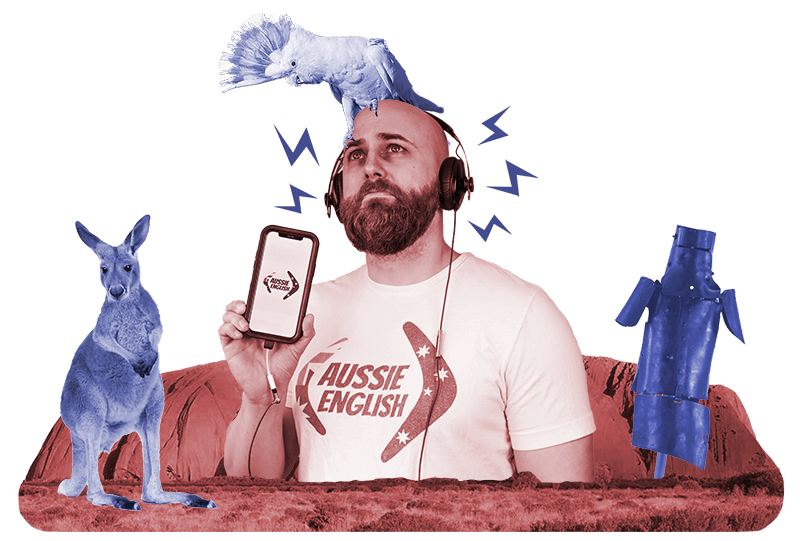
Premium Podcast members get access to...
- All 900+ podcast episodes including member-only episodes
- Member-only episode video lessons
- Downloadable transcript PDFs & audio files for every episode
Recent Episodes:


AE 1299 – Pete’s 2c: Do You Ring, Call, or Dial Someone on the Phone in Australia?

AE 1298 – Learn English with a Short Story: Day at the Beach

AE 1297 – The Goss: How ‘Dropping In’ Culture Has Changed in Australia

AE 1296 – The Goss: Gorilla Glasses & Dad’s Crazy Zoo Stories – MEMBERS ONLY

AE 1295 – The Goss: Australia’s Most & Least Ethical Jobs

AE 1294 – The Goss: Australia Just Had the Best Aurora in 500 Years!

AE 1293 – The Goss: Should Aussie Schools Ban Homework?

AE 1292 – How Aussie Do Asian Australians Feel? r_AskAnAustralian
Share
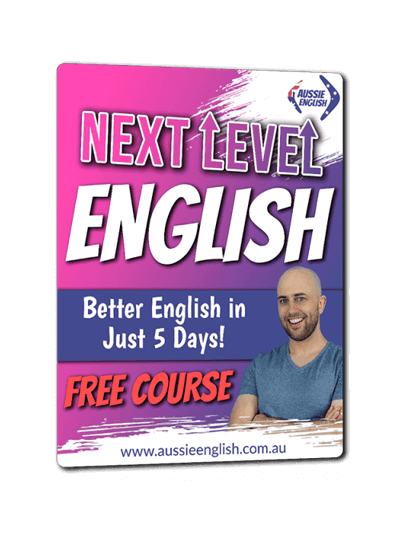
Join my 5-Day FREE English Course!
Complete this 5-day course and learn how to study effectively with podcasts in order to level up your English quickly whilst having fun!

Join my 5-Day FREE English Course!
Complete this 5-day course and learn how to study effectively with podcasts in order to level up your English quickly whilst having fun!
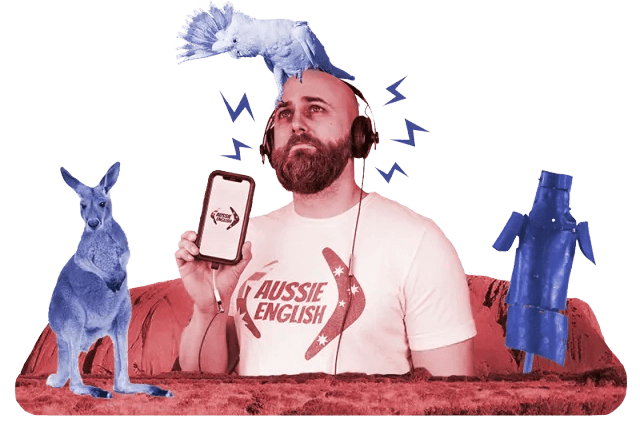
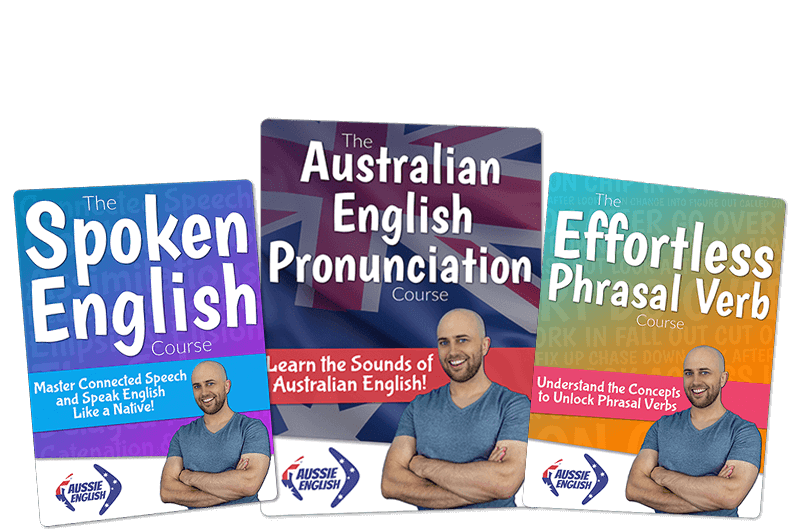
Want to improve a specific area of your English quickly and enjoyably?
Check out my series of Aussie English Courses.
English pronunciation, use of phrasal verbs, spoken English, and listening skills!
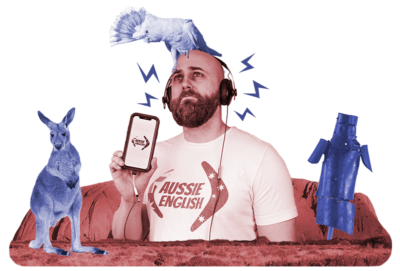
Have you got the Aussie English app?
Listen to all your favourite episodes of the Aussie English Podcast on the official AE app.
Download it for FREE below!



Want to improve a specific area of your English quickly and enjoyably?
Check out my series of Aussie English Courses.
English pronunciation, use of phrasal verbs, spoken English, and listening skills!
Leave a comment below & practice your English!



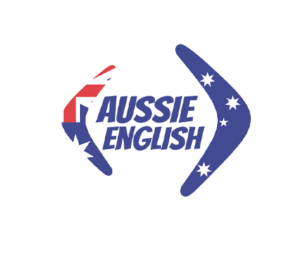
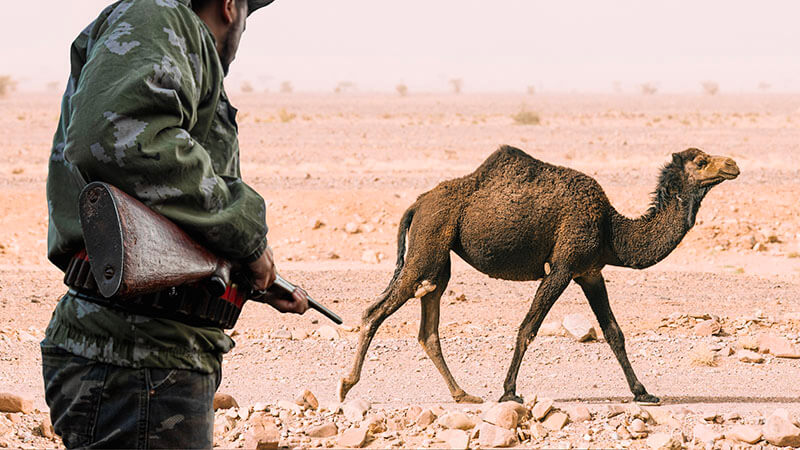
Responses